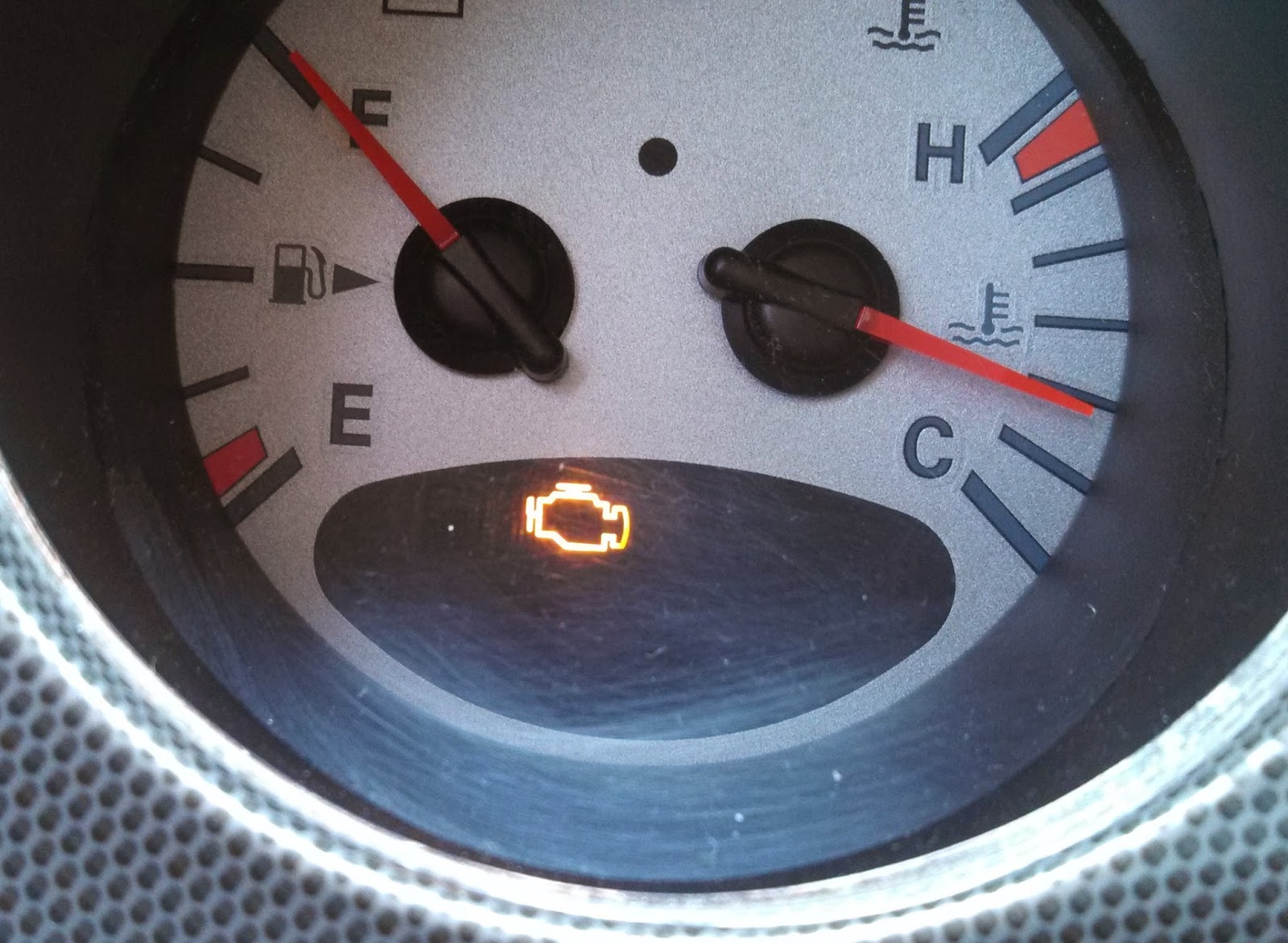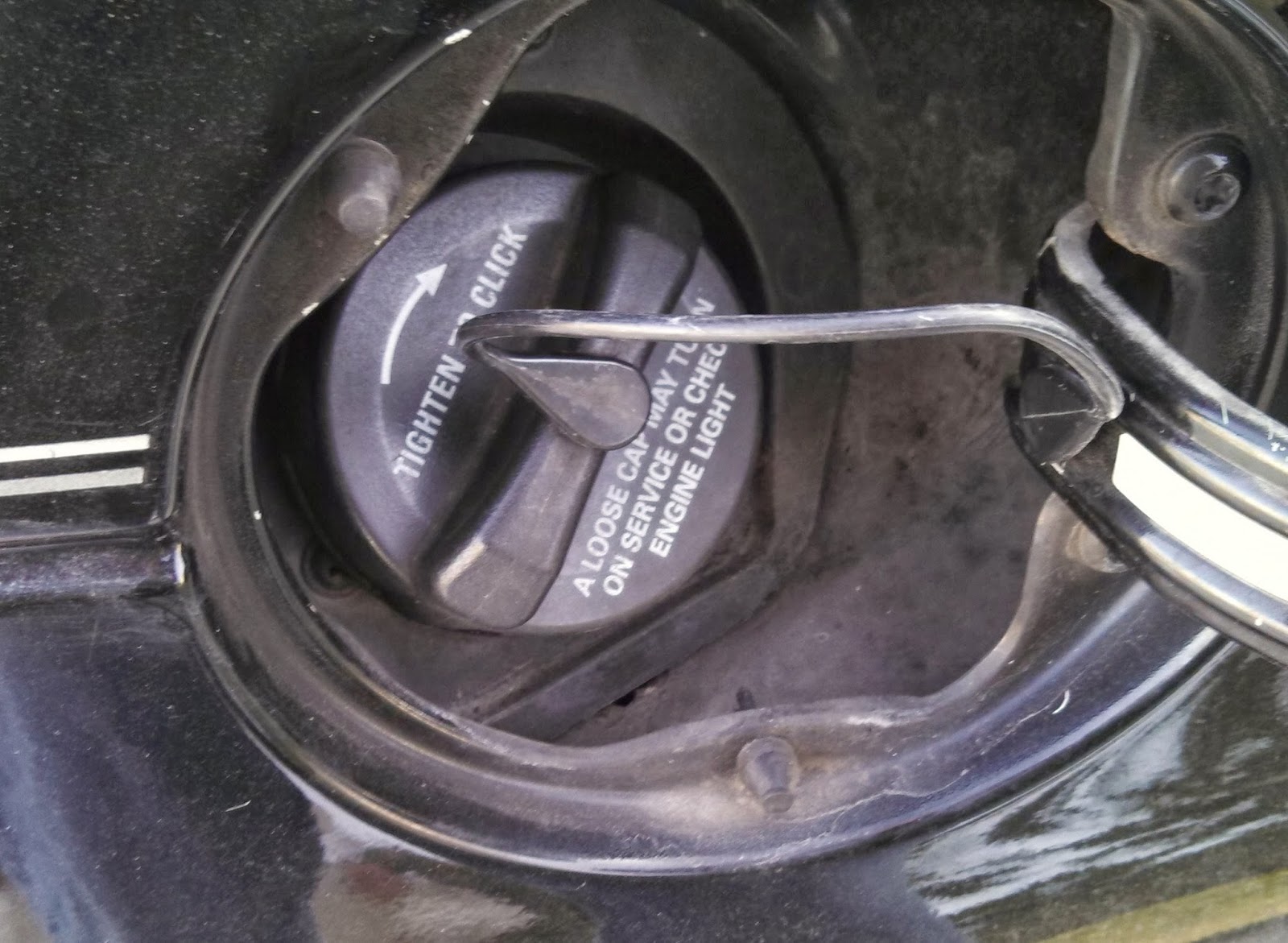The small, often-dreaded, check engine light. A symbol of automotive anxiety, it can illuminate for myriad reasons, from the mundane to the mechanically menacing. One common culprit is a loose or faulty gas cap. A seemingly simple fix, a quick twist or a replacement often resolves the issue. But what happens when the amber glow persists even after a new gas cap is installed? This stubborn illumination raises a new set of questions, a puzzle demanding a deeper dive into the workings of our vehicles.
The gas cap, more formally known as the fuel filler cap, isn't just a simple lid. It's a crucial component of the vehicle's Evaporative Emission Control (EVAP) system. This system prevents fuel vapors from escaping into the atmosphere. A loose or damaged cap can disrupt this delicate balance, leading to vapor leaks and triggering the check engine light. Replacing the gas cap is often the first line of defense, restoring the seal and preventing further emissions.
However, the persistence of the check engine light after a gas cap replacement suggests the issue may be more complex. The light's continued presence indicates that the car's onboard diagnostic system (OBD-II) is still detecting a fault within the EVAP system. This could point to a range of possibilities beyond the cap itself. Perhaps a faulty vent valve, a cracked or damaged fuel filler neck, or even a small leak in a hose or canister within the EVAP system is the true offender.
Understanding the underlying cause requires a more thorough investigation. This might involve using an OBD-II scanner to retrieve specific diagnostic trouble codes (DTCs). These codes act as clues, providing insights into the specific area of the EVAP system experiencing problems. For instance, a code related to a "small leak detected" points towards a different issue than a code indicating a "gross leak." Armed with this information, a more targeted approach to troubleshooting can begin.
The evolution of the EVAP system and the increasing sophistication of onboard diagnostics reflect a growing awareness of the impact of vehicle emissions on the environment. Regulations aimed at minimizing these emissions have led to more complex systems, making diagnostics more nuanced. While a loose gas cap remains a common trigger, the interconnected nature of the EVAP system necessitates a broader understanding of its components and potential points of failure when troubleshooting a persistent check engine light.
A successful resolution often involves several steps. Begin by confirming the new gas cap is correctly installed and tightly sealed. Next, consult the vehicle's owner's manual for specific reset procedures, which may sometimes involve disconnecting the battery or driving a certain distance. If the light remains stubborn, utilizing an OBD-II scanner becomes essential. The retrieved codes provide crucial information for diagnosing the underlying issue. If you are not comfortable working on your vehicle's systems, consulting a qualified mechanic is always recommended.
Benefits of addressing the issue quickly include preventing further damage to the EVAP system, ensuring optimal fuel efficiency, and passing emissions tests. Driving with a faulty EVAP system can potentially lead to more costly repairs down the line.
Advantages and Disadvantages of DIY Gas Cap Diagnosis
| Advantages | Disadvantages |
|---|---|
| Cost-effective initial step | May not identify complex issues |
| Easy to replace the gas cap | Requires OBD-II scanner for detailed diagnosis |
Frequently Asked Questions:
1. Why does my check engine light stay on after replacing the gas cap? The problem may lie elsewhere in the EVAP system.
2. How can I diagnose the problem? Use an OBD-II scanner to retrieve diagnostic trouble codes.
3. Can I drive with the check engine light on? Yes, but address the issue promptly to prevent further damage.
4. How do I reset the check engine light? Consult your owner's manual or a mechanic.
5. What are common EVAP system problems? Faulty valves, cracked hoses, or a damaged canister.
6. How can I prevent EVAP system issues? Regularly check your gas cap for tightness and damage.
7. Is a loose gas cap always the cause of a check engine light related to emissions? No, other components of the EVAP system can also trigger the light.
8. When should I consult a mechanic? If you are unable to diagnose or resolve the issue yourself.
Addressing a persistent check engine light after replacing the gas cap requires a combination of patience, methodical troubleshooting, and a willingness to delve into the complexities of the EVAP system. While the initial fix might be straightforward, the continued illumination calls for a deeper understanding of the vehicle's inner workings. By taking a proactive approach to diagnosis and utilizing the tools available, such as an OBD-II scanner, drivers can successfully navigate the sometimes frustrating world of automotive diagnostics and restore the peace of mind that comes with a dark check engine light. Remember, addressing these issues promptly not only ensures a healthy vehicle but also contributes to a cleaner environment for all.
The subtle nuance of facebooks typography
Finding peace and memories navigating greiner costello funeral home obituaries
Home warranty of america reviews bbb unpacking the controversy
Check Gas Cap Check Engine Light - Khao Tick On
Nissan gas cap engine light - Khao Tick On
Gas Cap Engine Light Code - Khao Tick On
Gas Cap Check Engine Light Fix - Khao Tick On
2015 Chevy Malibu Check Engine Light - Khao Tick On
New Gas Cap Check Engine Light - Khao Tick On
Trac Off And Engine Light On - Khao Tick On
Gas Cap Engine Light Reset - Khao Tick On
Why is my check engine light still on after changing O2 sensor - Khao Tick On
Gas Cap Engine Light Reset - Khao Tick On
Gas Cap Check Engine Light Auto Reset - Khao Tick On
Why Replaced MAF Sensor Check Engine Still On Solved - Khao Tick On
Check Engine Light And Trac off Toyota Corolla Troubleshooting Guide - Khao Tick On
Gas Cap Engine Light - Khao Tick On
replace gas cap engine light still on - Khao Tick On














